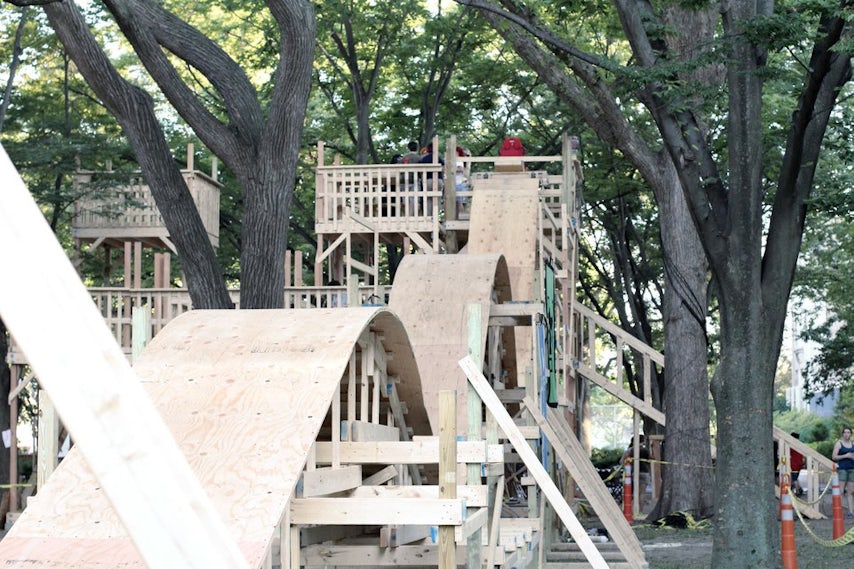At every point in history, there has been a strong correlation between form and scientific knowledge. During the Renaissance, platonic solids were thought to be the basis of all matter: tetrahedron of fire, octahedron of air, cube of earth, icosahedron of water, dodecahedron of Heaven and the universe. Wenzel Jamnitzer’s 1568 treatise Perspectiva Corporum Regularium (Perspective of Regular Solids) was a study in how to transform these building blocks into artistic forms.

Perspectiva Corporum Regularium. Images via Hyperallergic.
By repeating, rotating, and layering the simple shapes, he begins to make sculptural drawings that were on the cutting edge of geometric forms of the time. He was attempting to show that all matter might be made of these shapes. Today we have a better understanding of the micro-scale of atoms and particles, but these shapes still serve as a beautiful example of geometric manipulation.




Perspectiva Corporum Regularium
Of course, a lot has changed since then. Our understanding of natural processes and its impact on technology has yielded an increasingly advanced understanding of and approach to how to learn from nature. Today, biomimicry aims to recreate these living processes as man-made systems, harmonizing buildings with their environment.

© GPT +
Biotic-Tech Skyscraper City by GPT Architecture in Santa Cruz de Tenerife, Spain
These days, we see projects like GPT Architecture‘s Biotic-Tech Skyscraper City, which mimics a squid’s transparency, flexibility, movement, and protective pigmentation to deal with the elements (the tower was the Jury Winner in our Architizer A+Architecture and Technology category). It’s wild to see how far we’ve come.
Hat-tip to Hyperallergic









